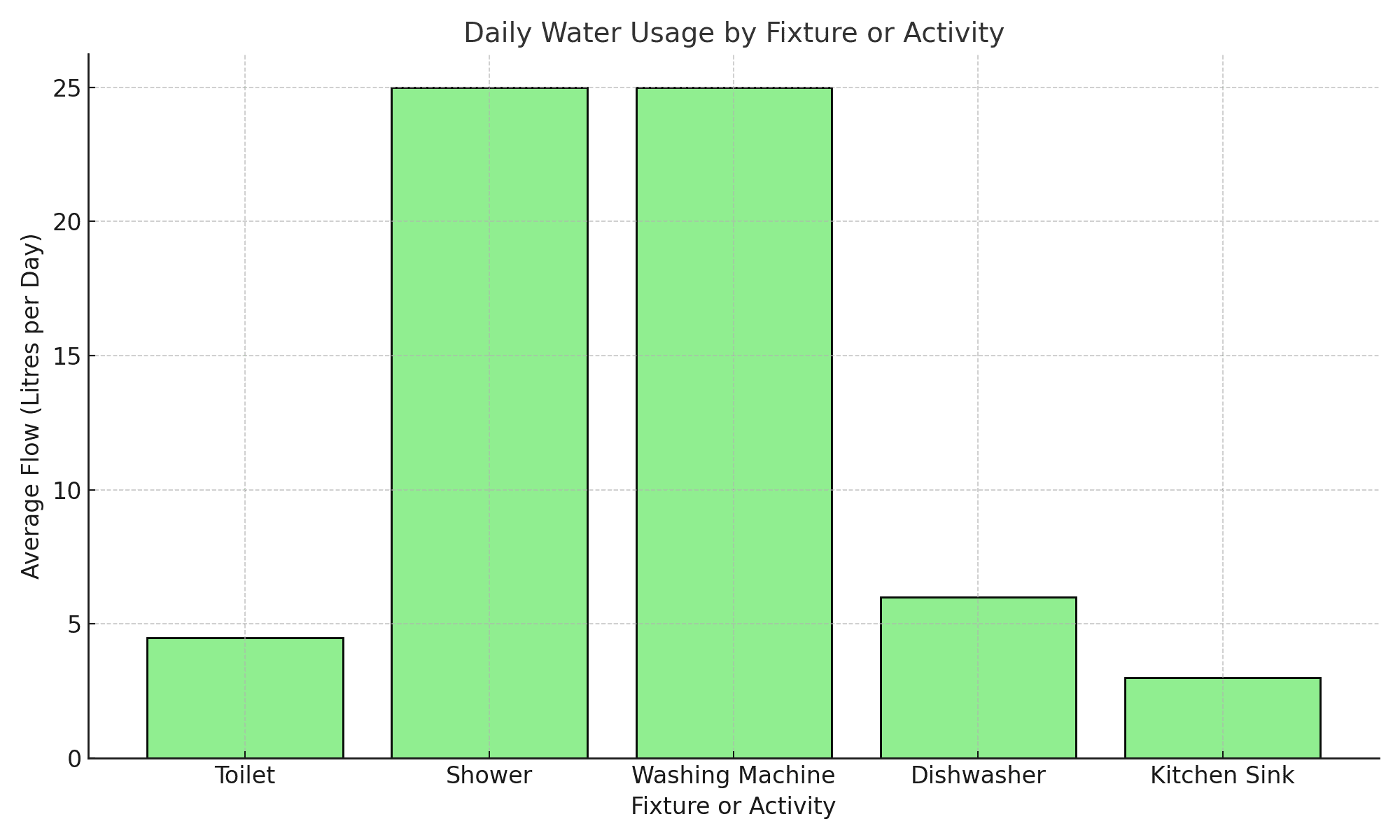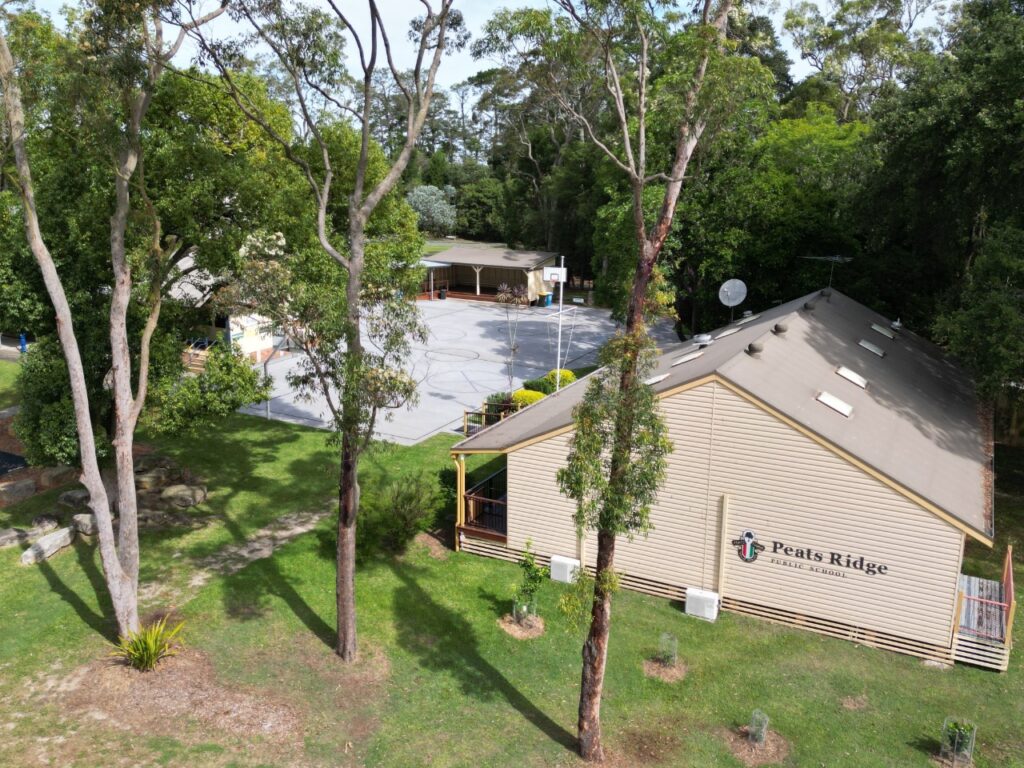Determining the Right Size Septic Tank for Your Needs
Answering ‘What size septic tank do I need?’ is essential for those in rural areas or properties not connected to municipal sewer systems, where a septic system is vital for managing wastewater.
Septic systems can be as simple as a septic tank and a drain field or as complex as Aerobic Treatment Units (ATUs), like AWTS, which introduce oxygen to enhance waste breakdown through to more advanced systems like Advanced STS and Advanced Membrane Bio-Reactors. All these wastewater systems have a common component: the tank! Determining the right septic tank size is one of the most crucial decisions for efficient and reliable operation. Whether you’re a homeowner or a business owner, this guide will help you understand the factors influencing septic tank size and ensure you make an informed decision.
What Factors Influence Septic Tank Size?
Several factors determine the size of the septic tank you’ll need, including:
- Whether the system is for a business or residential use – Business properties may produce significantly more wastewater depending on the type and scale of operations.
- The size of your home – Larger homes generally require larger tanks.
- The number of occupants – More people in the household or business produce more wastewater.
- The size of your property – The available space can impact the system’s design and capacity.
- The volume of wastewater generated – This includes water usage habits and activities.
- The type of system required – Whether the tank handles all wastewater or just greywater will influence the size.
Lets delve deeper in to each of these points to help you work out the right sized septic tank for your site!
Factors to Consider When Choosing a Septic Tank Size

1. Property Type and Usage
Septic tank sizing differs between residential and business properties due to variations in water usage. Residential properties typically generate wastewater from activities like showers, washing machines, and toilets, which are fairly predictable based on household size. In contrast, business properties can experience significantly varied usage depending on their operations. For instance, restaurants may produce high volumes of wastewater due to food preparation and dishwashing, while hotels must account for guest usage and laundry facilities. These differences necessitate tailored systems to ensure adequate capacity and compliance with local regulations.
- Residential Properties: The number of residents and water usage habits determine the septic tank size.
- Business Properties: Water-intensive operations like kitchens, restrooms, and cleaning processes require larger septic systems.
2. Number of Bedrooms (for Residential Properties)
3. Daily Wastewater Flow
Understanding your property’s daily wastewater flow is crucial. For homes, this depends on the number of residents and water usage habits. Businesses need to account for employees, customers, and activities that consume water, such as kitchens, restrooms, and equipment cleaning.
Here’s a rough guide to estimating daily water usage:
4. Soil Type and Drainage
The soil type and drainage characteristics of your property significantly influence the septic tank’s design and size. Conducting a percolation test will assess the soil’s ability to absorb water and determine the required size of the drain field. Properties with slow-draining soils may need larger tanks or advanced systems.

5. Local Council Regulations
Australian councils often have specific requirements for septic tank sizing and installation. These regulations may include:
- Minimum tank size based on property type.
- Required setbacks from buildings, waterways, and property boundaries.
- Soil and site assessment criteria.
- Maintenance and inspection schedules.
Check with your local council to ensure compliance with all regulations.

6. Future Growth
If you plan to expand your property or household in the future, consider a larger septic tank to accommodate increased wastewater flow. For businesses, anticipate potential growth in staff or customer numbers.
Septic Tank Sizing for Businesses
Businesses require more robust septic systems due to higher water usage. For example:
- Restaurants and Cafés: Larger tanks are required due to kitchen wastewater and frequent usage.
- Hotels and Motels: Must accommodate guest occupancy and laundry services.
- Industrial Facilities: May need specialised systems to manage wastewater from production processes.
Consult a licensed wastewater treatment professional or certified environmental consultant to assess your business’s specific commercial-grade wastewater requirements. Look for individuals or companies with experience in septic system manufacture, design and installation, and ensure they are familiar with local council regulations and environmental standards.
Benefits of Choosing the Right Size Septic Tank
- Efficient Wastewater Treatment: Proper sizing ensures optimal breakdown of solids and effective drainage.
- Reduced Maintenance Costs: Larger tanks may require less frequent pumping, saving you money over time.
- Compliance with Regulations: Meeting local council requirements avoids fines and legal issues.
- Longevity of the System: A correctly sized tank reduces wear and tear, extending the life of your septic system.
Consult a Professional
Selecting the right septic tank size can be complex, involving multiple factors from household size to soil conditions. A licensed professional can assess your property, recommend the appropriate tank size, and guide you through the installation process. They’ll also ensure your system meets all local regulations and operates efficiently.
Conclusion
Choosing the right septic tank size is essential for effective wastewater management and long-term system performance. Key factors to consider include your property’s type, daily water usage, soil characteristics, and compliance with local council regulations. Proper sizing ensures efficient operation, reduces maintenance costs, and supports the longevity of your septic system. By considering factors such as property type, daily water usage, soil characteristics, and future growth, you can make an informed decision that meets your needs. For businesses, specialised systems may be required to handle higher water volumes and unique operational demands.
Don’t forget regular maintenance and pumping to keep your septic system in top condition. With the right size tank and proper care, your septic system will serve your property reliably for years to come.
Garden Master has been a wastewater industry leader for over 30 years, manufacturing, supplying, and servicing quality wastewater treatment systems and septic tanks for thousands of clients across Australia.
Don’t hesitate to call us on 1800 632 582 with any questions!




